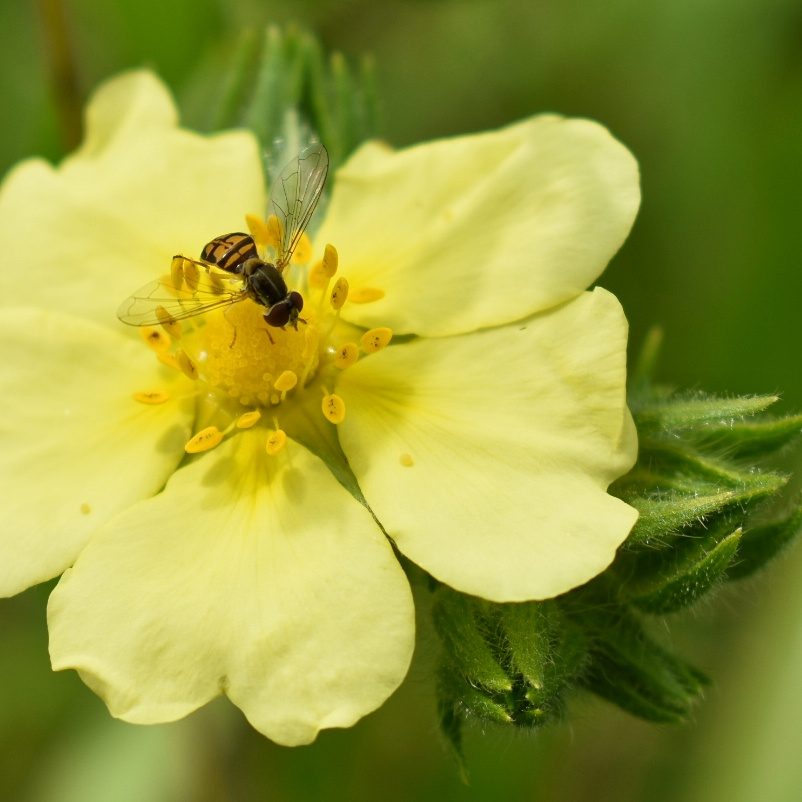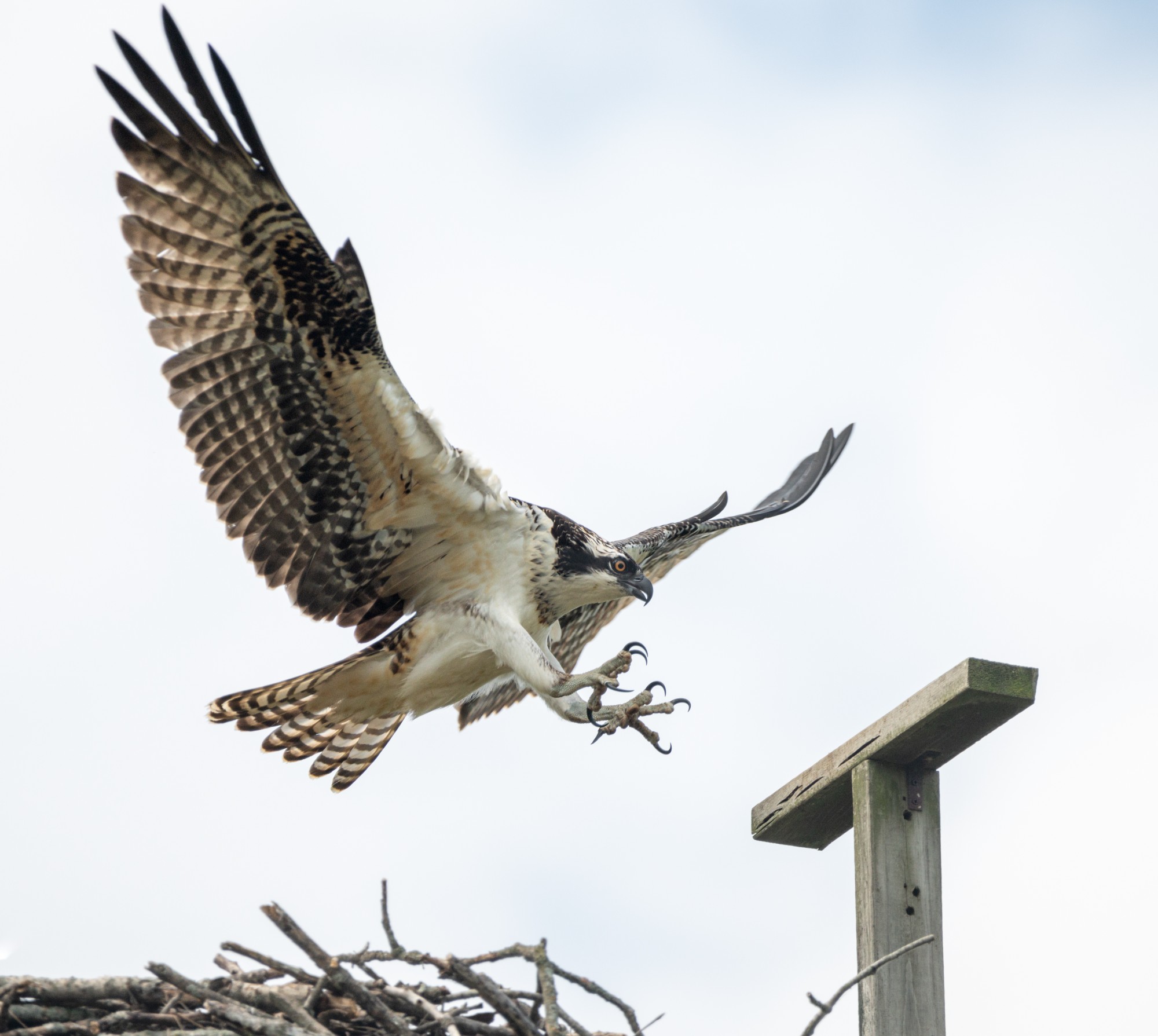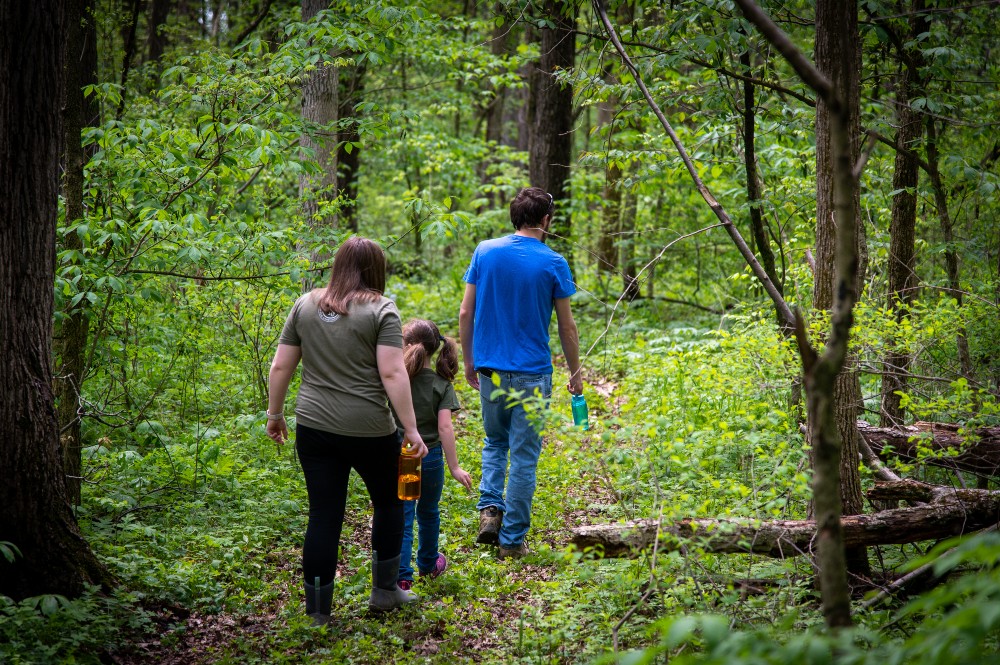My favorite time of the year is here; that time of year when roadside fruit stands pop up and the farmers’ market is bursting with colorful produce.
Nothing purchased in the store compares to a sweet, juicy, ruby red, locally grown strawberry. Whether you grow them in your back yard or purchase them from a local grower, thank the pollinators as the juice runs down your chin.
Nearly 85% of the food grown in the world, or one out of every 3 bites you eat, is pollinated by ants, bats, bees, beetles, birds, butterflies, flies, moths or wasps. Without the work of the pollinating animals, our meals would consist of rice, pasta, and bread– pretty boring and not very nutritious.
Pollination occurs when pollen grains are moved from the anther (male part of the flower) to the stigma (female part of the flower). Complete pollination results in the production of a seed and fruit. Some fruits like strawberries and raspberries are actually a collection of many tiny fruits and seeds, each of which must be pollinated. Partial pollination will result in misshapen, undeveloped fruit or none at all.
There is a cooperative bond between pollinators and flowering plants. The plant’s nectar provides an energy source and the pollen grains provide protein. In return, the pollinating animal’s movement of pollen allows the plant to produce seeds. Neither species can exist beyond a generation or two without the other.
Yields are much larger when plants are pollinated by animals in contrast to wind or self pollination. The most effective pollinators are bees. It comes as no surprise that farmers are panicked by declining honeybee populations. They will rent commercial hives to help with pollination when their fields are blooming.
Honeybees were introduced in 1622 to North America from Europe. However, there are 4,000 species of bees native to North America who are given little notice. These bees include bumble bees, mason bees, mining bees, leaf cutter bees, sweat bees and others. They form smaller colonies than the honeybees or are solitary. They tend to be much gentler and not out to protect a hive.
Diversity is important in nature and pollinators are no different. Native bees can be twice as effective as honeybees at pollinating. They are more active at a wider range of temperatures and weather conditions. Native bees have evolved to pollinate native plants like blueberries, cucumbers, tomatoes and squash. Unfortunately they are also in decline due to pesticide use and loss of habitat.
June 21-27, 2021 is Pollinator Week, an annual international event to support pollinator health. Here are some simple solutions to help bees and keep the food on your plate colorful.
Bees need places to nest and a constant flowering source of nectar and pollen. Native bees often nest in the ground, trees, and debris. A weed-free yard with no trees or a completely tilled field leave little shelter or food for pollinators.
Providing water to thirsty bees and butterflies can be as simple as placing a pie tin full of wet rocks in your yard. Rocks give pollinators a place to land so they do not drown while drinking. Wet rocks provide plenty of moisture for small insects.
Farmers who leave fence rows with trees or who plant strips of wildflowers have seen increases in yields which more than compensate for the lost production ground.
Planting a diverse succession of native plants that flower throughout the growing season not only creates a beautiful landscape to enjoy, but also an abundant habitat to support pollinators. Pesticides kill the bad and good insects. Eliminating its use gives beneficial insects a chance to thrive.
Another way to celebrate Pollinator Week is to join the movement to create pocket nature preserves in lawns or gardens. Habitats, even small ones, sprinkled through a community creates a patchwork corridor for pollinators to thrive. Gardeners can apply for their homegrown habitat to be certified as wildlife-friendly with Red-tail’s Growing Home Habitat Certification. More information can be found at www.ForTheLand.org/GrowingHome.
What’s good for the butterflies and bees is good for the entire ecosystem, an ecosystem we live in too.
Julie Borgmann is the executive director for Red-tail Land Conservancy.\ Her passion is connecting people to nature for conservation and wellbeing.




